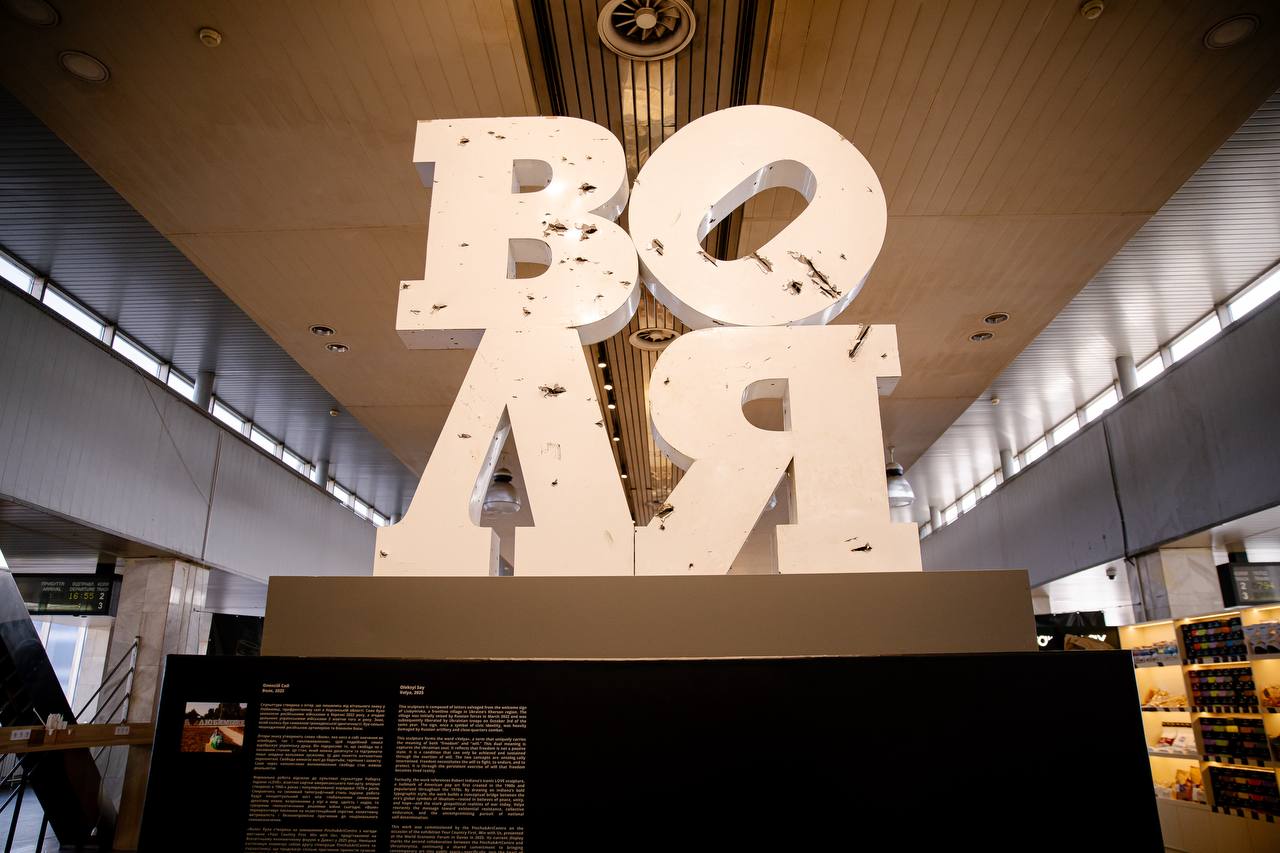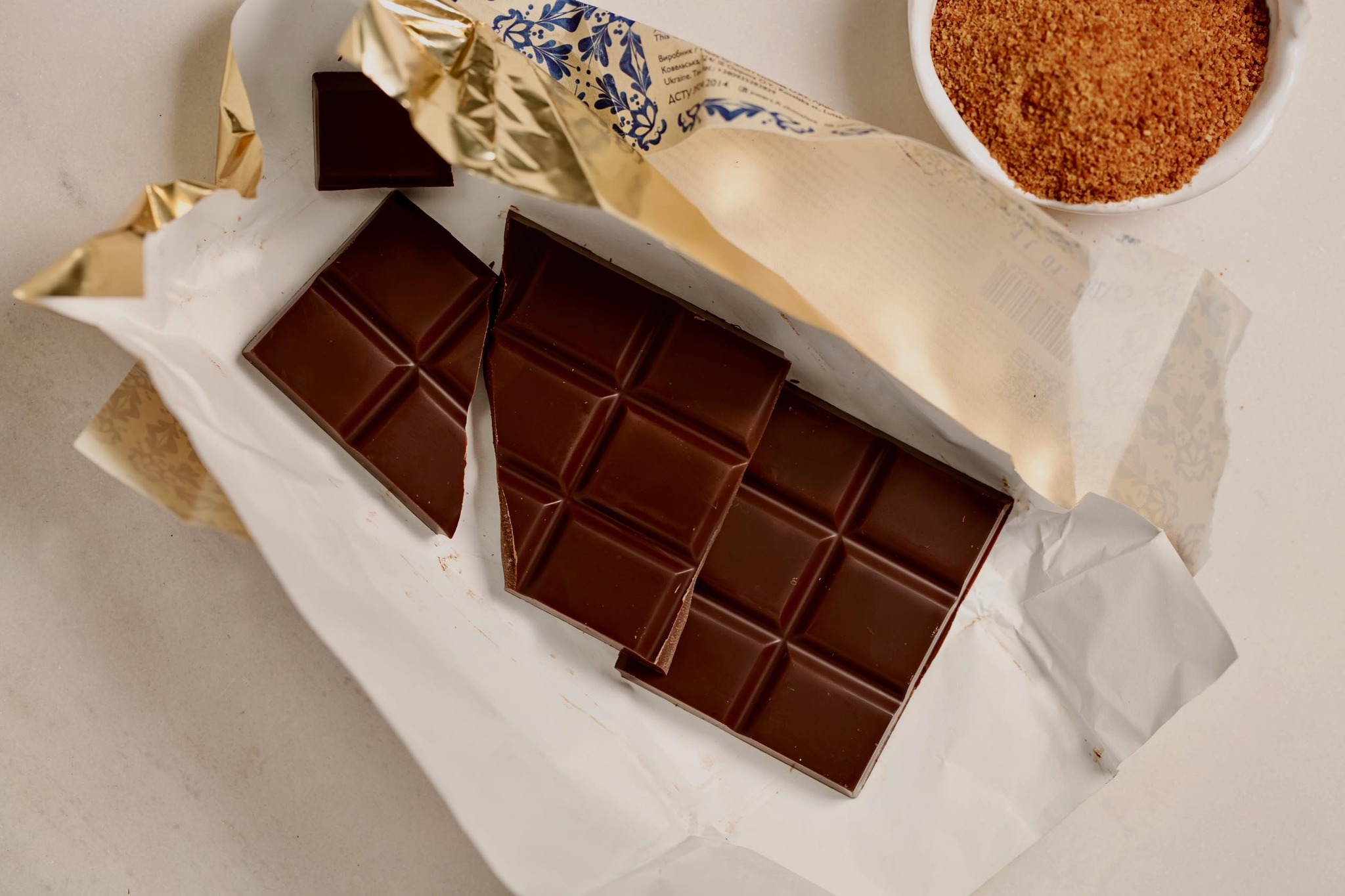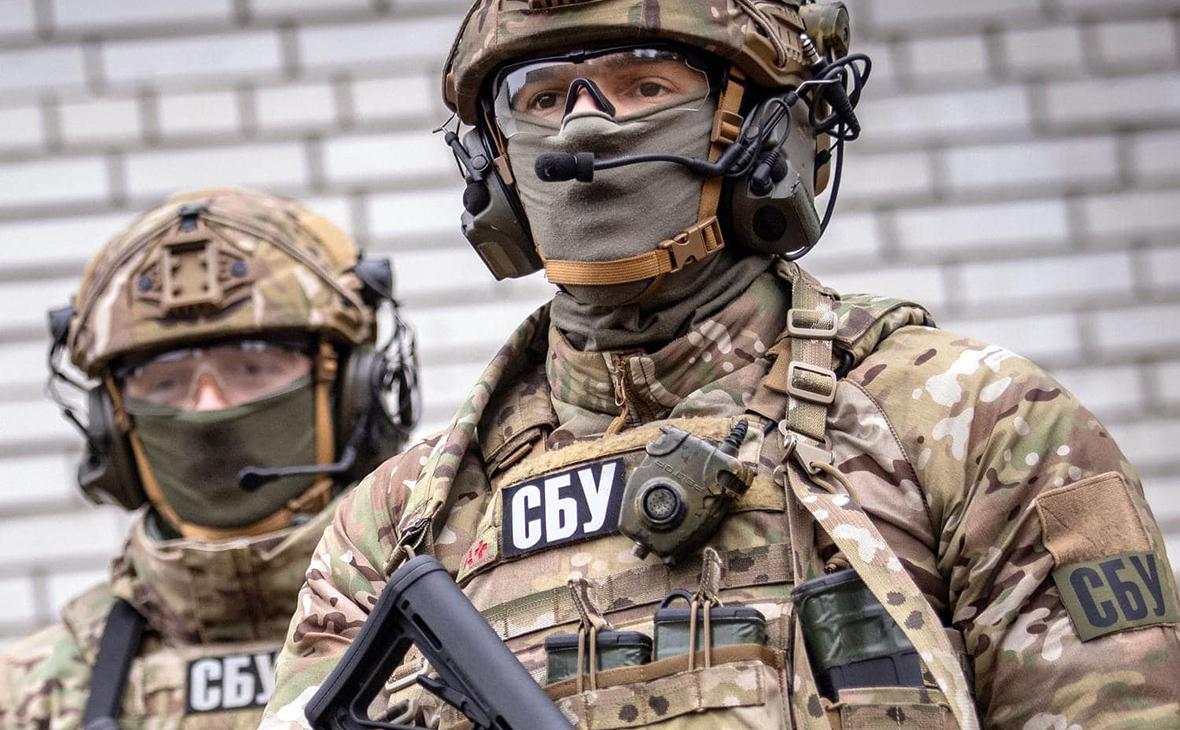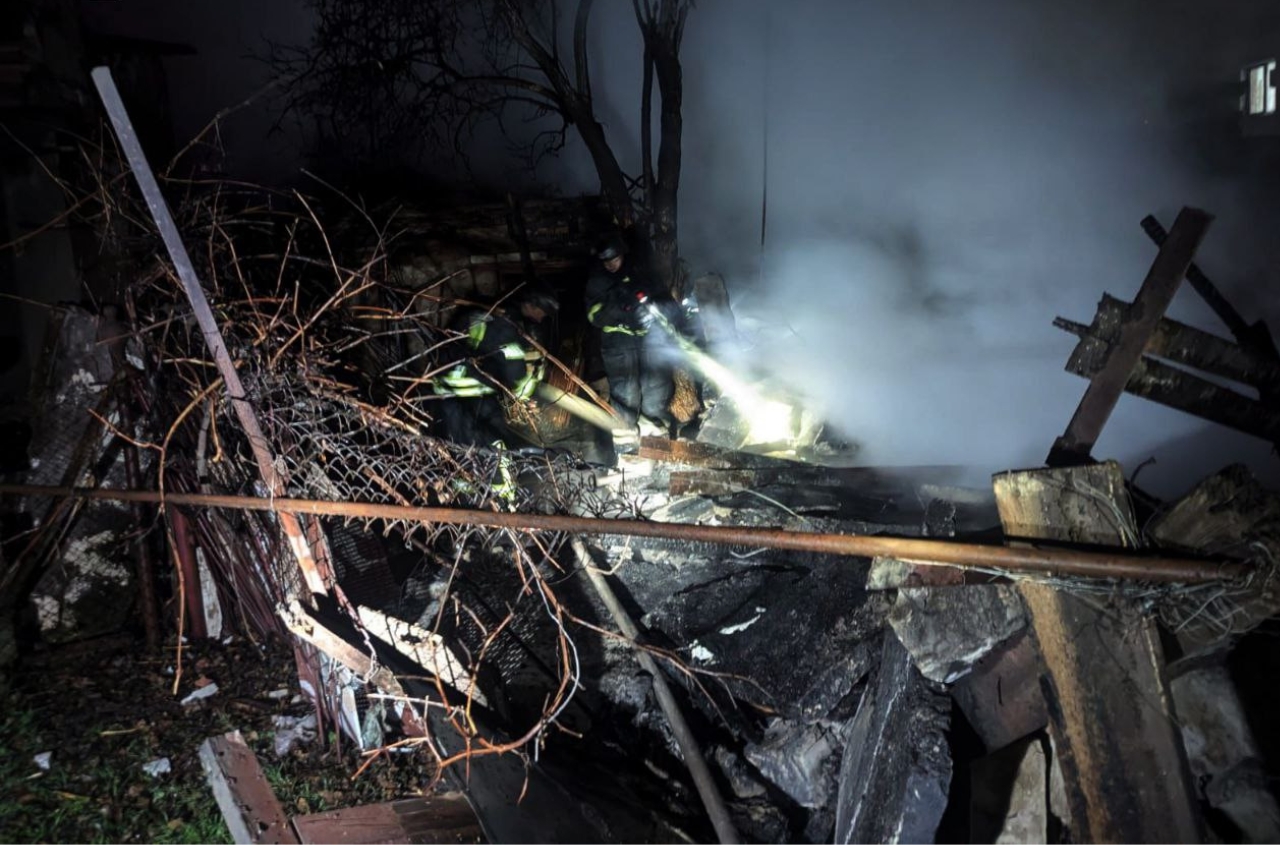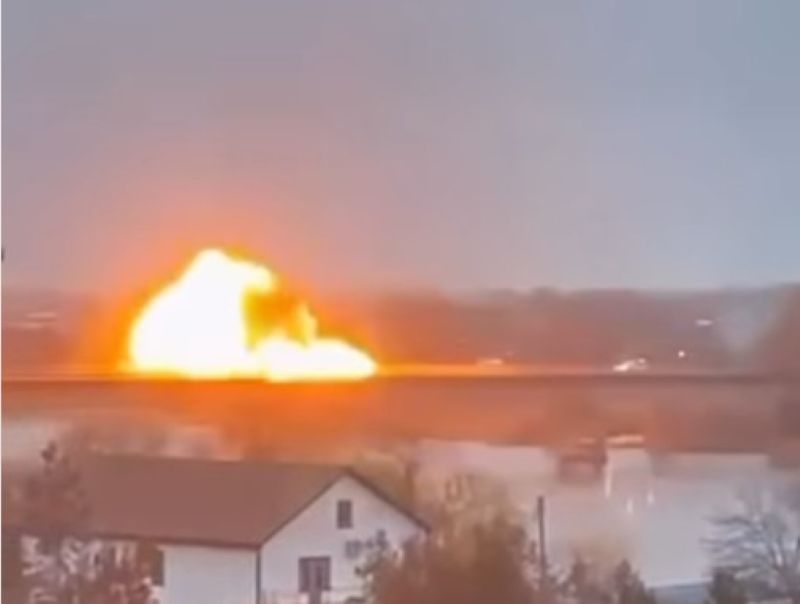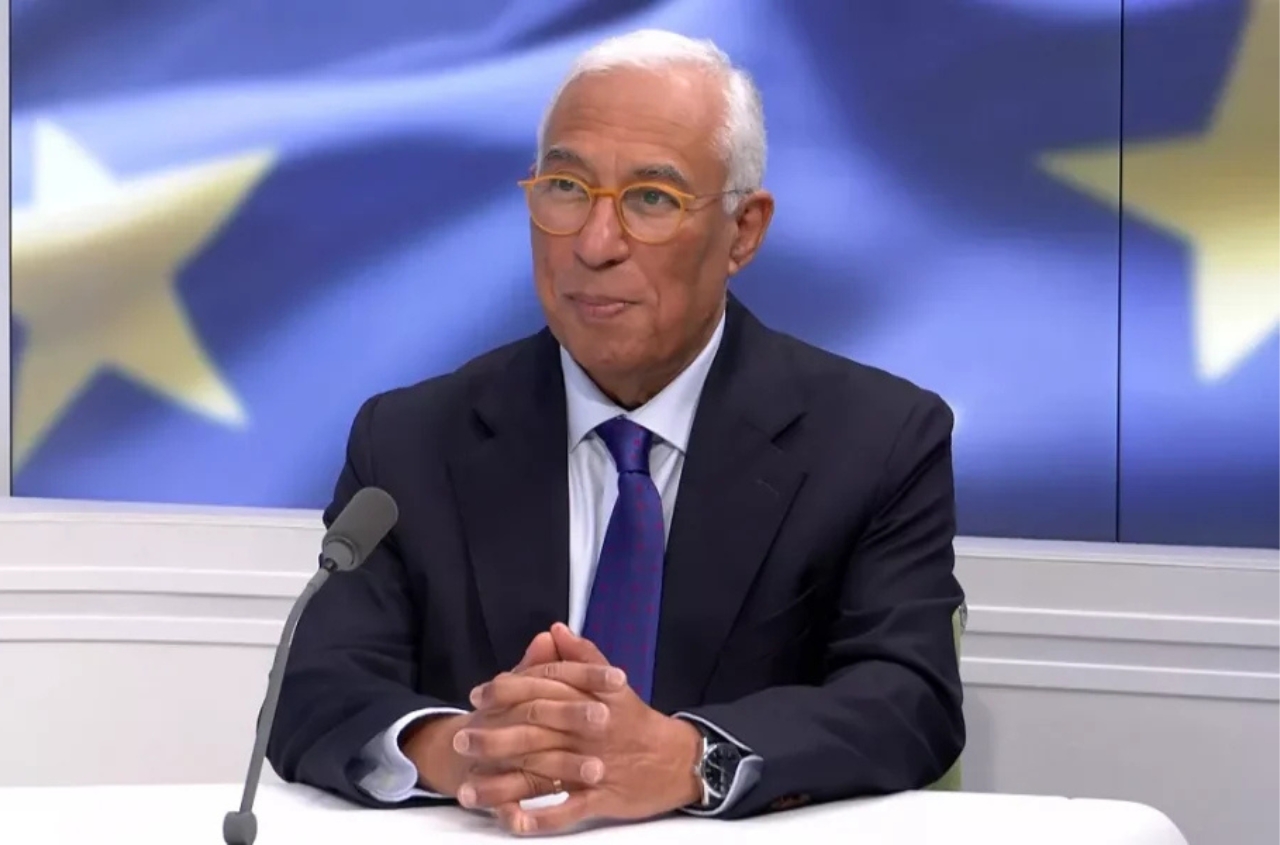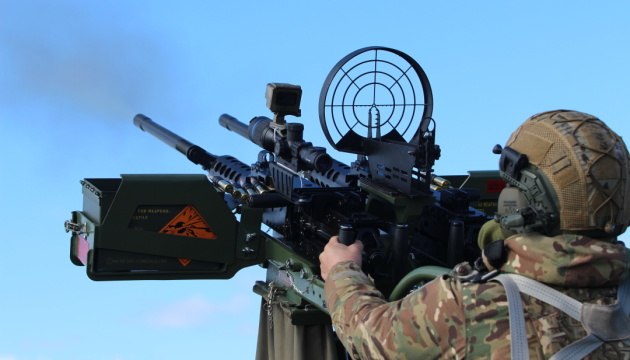Ukrzaliznytsia and PinchukArtCentre have unveiled to a broader Ukrainian audience the sculpture Volya (“Will” or “Freedom”) by Ukrainian artist Oleksii Sai. The piece is constructed from the remaining letters of the welcome sign in Lyubymivka, a frontline village in the Kherson region.
Lyubymivka was occupied by Russian forces in March 2022 and liberated by Ukrainian troops on October 3 of the same year. The sign, once a symbol of civic identity, was heavily damaged by Russian artillery and close combat.
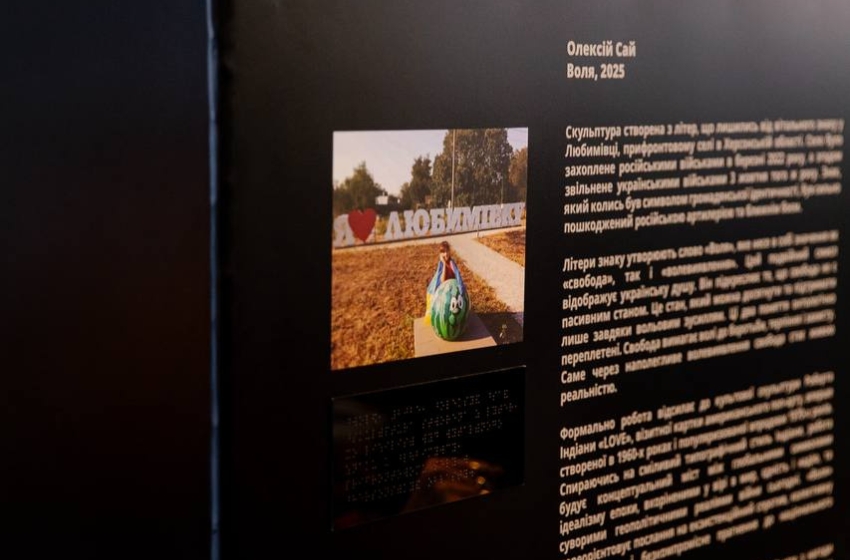
Previously, the sculpture was exhibited exclusively for international audiences to draw the attention of global leaders, politicians, and experts to what Ukrainians are fighting for. Now, every visitor to Kyiv’s central train station can see it—it’s located on the second floor near the escalator.
The word Volya in Ukrainian encapsulates both “freedom” and “willpower.” This dual meaning reflects the essence of the Ukrainian spirit: freedom is not a passive state, but one that requires strength of will, persistence, and protection to achieve and sustain. Through determined acts of will, freedom becomes a living reality.
“We are pleased to collaborate once again with Ukrzaliznytsia to present to a wide Ukrainian audience works originally created by PinchukArtCentre to support Ukraine internationally, including during events like the World Economic Forum in Davos. Oleksii Sai’s piece at Kyiv’s central railway station serves as a monument for all Ukrainians, reflecting their deep understanding that freedom and will are inextricably linked,” commented Bjorn Geldhof, Artistic Director of PinchukArtCentre.
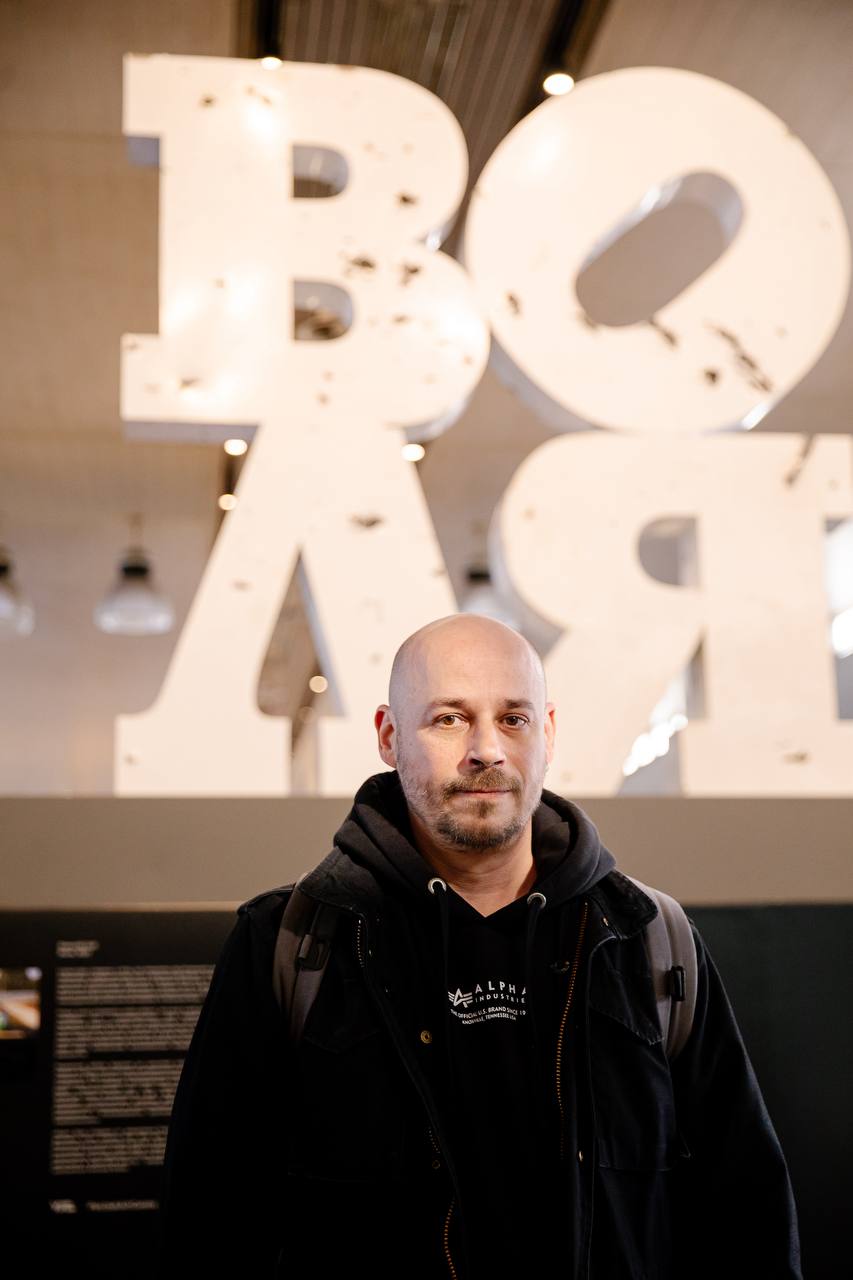
Formally, Volya references Robert Indiana’s iconic LOVE sculpture—an emblem of American pop art created in the 1960s and popularized throughout the 1970s. Drawing on Indiana’s bold typographic style, Volya builds a conceptual bridge between global symbols of the idealism of that era—rooted in faith in peace, unity, and hope—and the harsh geopolitical realities of today’s war. It reorients the message toward existential resistance, collective resilience, and the uncompromising pursuit of national self-determination.









